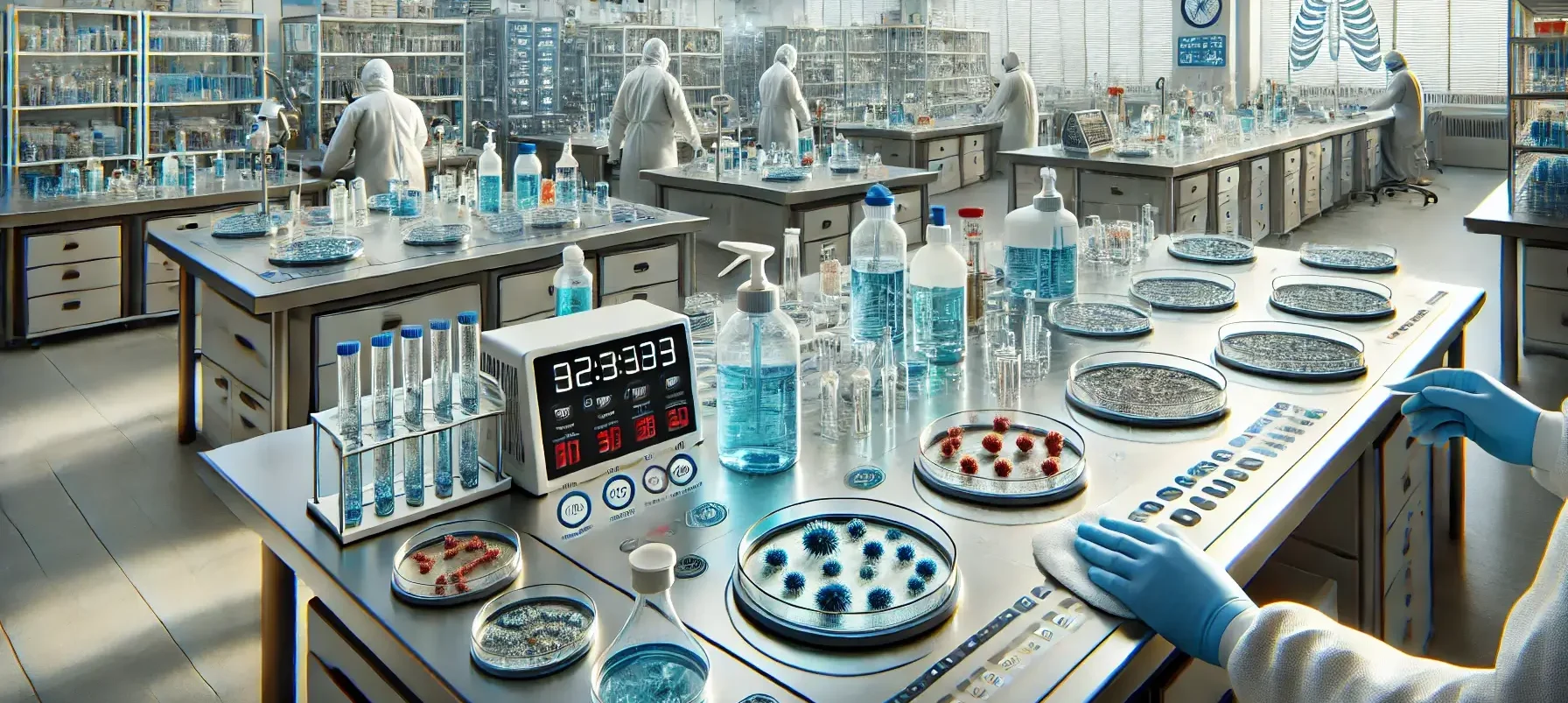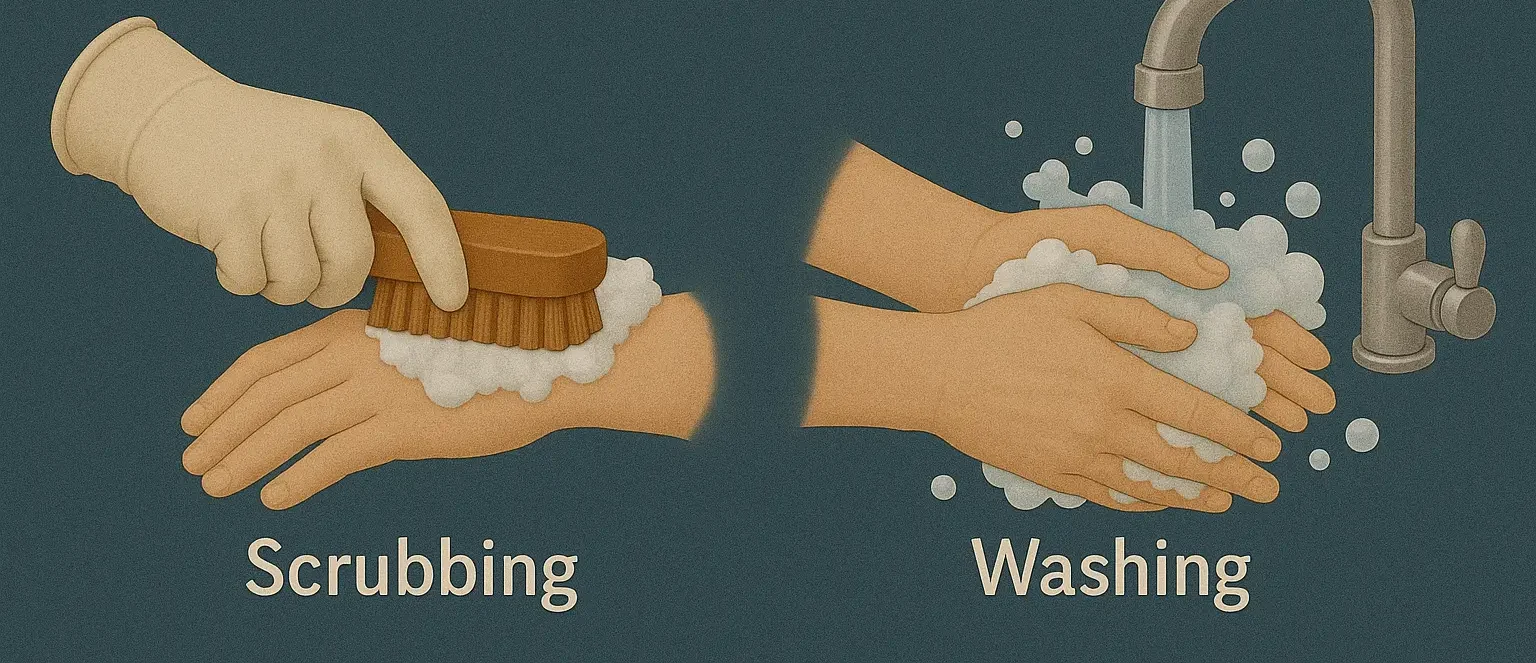Viruses: morphology, classification, reproduction & cultivation
The study of viruses encompasses various aspects including their morphology, classification, reproduction/replication, and cultivation. Morphology of Viruses Structure of viruses: Capsid: The protein coat surrounding the viral genome, composed of protein subunits called capsomeres. The capsid provides protection and aids in the attachment to host cells. Helical: Capsids with a rod-like appearance (e.g., tobacco mosaic … Read more









